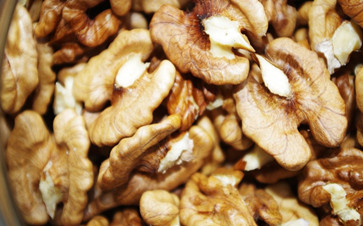We May Be Able to Print Brains Soon
Time:2017-10-12 From:

3D Printing Stem Cells Is Already Possible
When talking about medical science, today stem cell research dominates conversations. And rightly so. Stem cells are able to generate other cells which is the base idea of a living organism. To put it in a nut shell, stem cells can regenerate tissue and nerves where there are none. Advancing in this field may help finding cures for many chronic and even deadly diseases.
What a team of researchers at the University of Wollongong’s ARC Centre of Excellence for Electromaterials Science (ACES) did in this field is said to be a huge step in the right direction. Using a 3D printer and a specifically designed bio-ink, the team led by Associate Professor Jeremy Crook was able to create tissue that resembles the one found in human brains.
The human induced pluripotent stem cells (iPSC) which the bio-ink partly consists of has the same power as embryonic stem cells. These can turn into any body cell, creating body tissue and possibly even entire organs to replace damaged ones.
Schizophrenia and Parkinson’s May Be Treatable
It will mostly be used to treat neuro-psychological diseases. Crook says that non-working serotonin and GABA-producing nerve cells are correlating with schizophrenia and epilepsy patients while defective dopamine-producing cells probably are responsible for Parkinson’s disease.
Using 3D printing, the team was able to create neurons which produce GABA and serotonin.
“We might want to make a tissue that specifically generates that neurotransmitter for grafting into the brain of a Parkinson’spatient,”
says Dr Crook.
“That’s absolutely achievable.”
A Small Step for a Scientist but a Giant Leap for Science
Although the results of the research is an amazing first step in the direction of 3D-printing entire organs, the creation of a whole working brain is a far too complex task to achieve any time soon. They are working towards that goal nevertheless, Dr Crook says. Besides creating patient-specific transplants, the 3D-printed tissue might serve for research purposes as well. By creating tissue from stem cells of patients suffering from one of the previously mentioned diseases, those diseases may be researched better in the future.
If you are looking for further information in great detail, University of Wollongong’s researcher published their study “3D Bioprinting Human Induced Pluripotent Stem Cell Constructs for In Situ Cell Proliferation and Successive Multilineage Differentiation“ in the Advanced Healthcare Materials Journal and there is also a video available on ABC News.
News Source:Blog drupa
Written By drupa Redaktion

